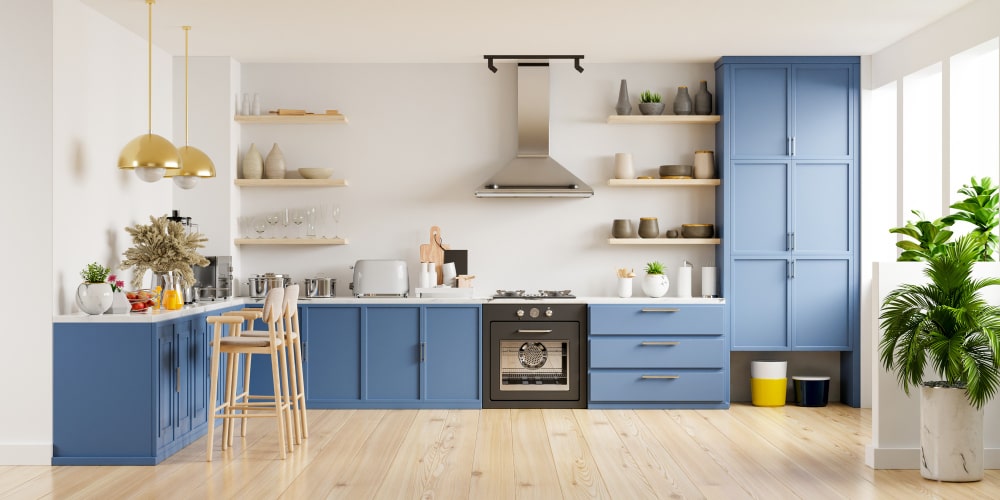
You know you’ve hit a new low when your kitchen resembles a biohazard zone. Between the stacks of dirty dishes, crumbs littering the countertops, and mysterious smells coming from the fridge, your space has become utterly dysfunctional. The good news is with a few easy kitchen organization hacks you can transform your kitchen into a hygienic and smooth-running machine in no time.
This week, we’re spilling the beans on 7 tricks to overhaul your kitchen and make it sparkle. Get ready to organize, declutter, deep clean, sanitize, and invest in smart storage solutions. By the time you’ve made it through this list, your kitchen will be cleaner than it’s been in years, and you’ll actually want to cook in there again. The best part? None of these tips require expensive products or hours of backbreaking labor. All you need is the motivation to get started and stick with it. A hygienic, clutter-free kitchen is within your reach – let’s make it happen!
1- Clean and Sanitize Your Kitchen Regularly

To keep your kitchen hygienic and running smoothly, make cleaning and sanitizing a priority. A deep clean of your entire kitchen should be done at least once a week or every other week. This includes:
- Wiping down cabinets, appliances, and countertops. Use an all-purpose cleaner or disinfectant to remove grease and grime.
- Mopping or sweeping floors. Get in the corners and under appliances. For linoleum or tile, mop with a disinfectant.
- Cleaning the stovetop and oven. Remove built-up grease and splatters. Disinfect the stovetop, knobs, and the oven door handle.
- Emptying the refrigerator and pantry. Throw out old or expired items. Wipe down shelves before restocking.
- Scrubbing the sink and cleaning drains. Use a degreaser to remove stuck-on messes. Pour boiling water down drains to prevent clogs.
a- Sanitize cutting boards, utensils, and more
Sanitize anything that comes in contact with food like cutting boards, knives, pots and pans. Either wash items in the dishwasher using the sanitizing cycle, or hand wash and then sanitize them by soaking in a diluted bleach solution. Rinse and air dry completely.
By establishing a regular deep cleaning and sanitizing routine, your kitchen will be spic and span in no time. Keeping on top of buildup and messes as they happen will make the big cleans a breeze. A hygienic kitchen is the foundation for cooking delicious and nutritious meals at home. Focus on the basics, use quality products, and get ready to enjoy an organized space where you’ll love creating and sharing home-cooked food with friends and family.
Click to rent Dining Table to make every meal memorable.
2- Invest in Smart Storage Solutions to Declutter
Smart storage solutions are key to keeping your kitchen decluttered and running efficiently. Invest in matching containers, bins and baskets to corral everything from snacks to utensils.
a- Drawers

Install drawer dividers or trays to keep items separated and prevent a jumbled mess. Group similar tools and utensils together – have a drawer for big spoons and spatulas, one for measuring cups, one for whisks and tongs, etc. Label each section to make finding what you need a breeze.
b- Cabinets
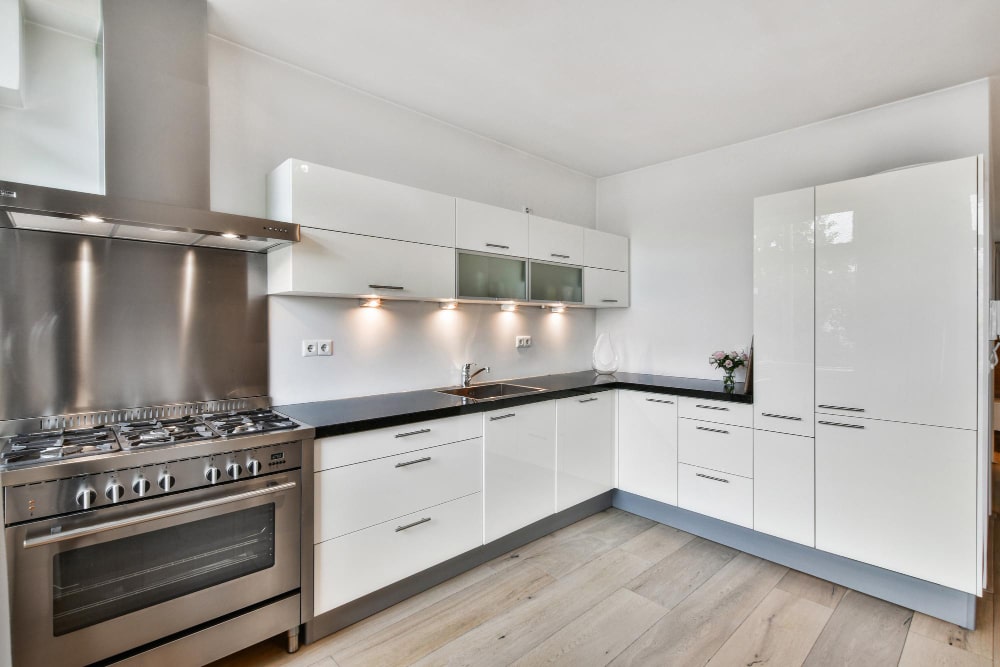
Add hooks, racks and magnetic strips inside cabinet doors to keep mugs, pots, pans and other items off the shelves. Install corner organizers and lazy Susans to make the most of awkward spaces. Group items by type and frequency of use. Keep often-used equipment within easy reach and lesser-used items higher up.
c- Countertops

Get your small appliances like blenders, food processors and coffee makers off the counter by storing them in cabinets or on countertop organizers when not in use. Designate zones for mail, keys and charging stations. Add a utensil crock or caddy for spatulas, whisks and other tools.
With some strategic investments in storage furniture and a little reorganizing, you’ll have a decluttered kitchen in no time. Meal prep and cooking will become more pleasurable without having to navigate a messy, chaotic workspace. Keep on top of it with regular purging and deep cleans for a hygienic and functional kitchen.
3- Maintain Your Garbage Disposal and Plumbing
To keep your kitchen hygienic and running smoothly, maintaining your garbage disposal and plumbing is essential.
a- Garbage Disposal
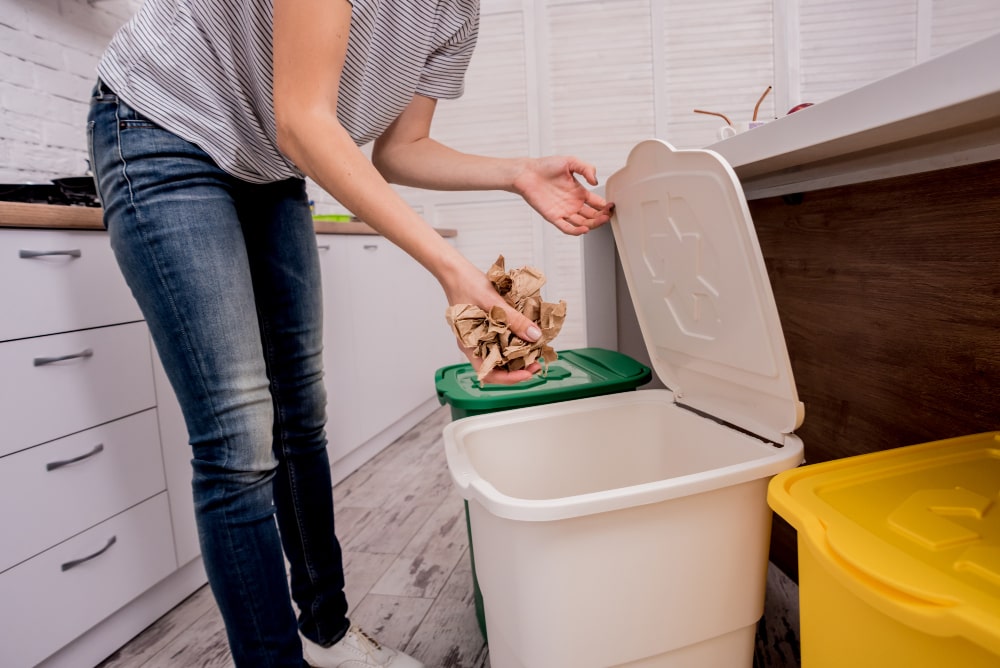
Your garbage disposal works hard to grind up food scraps so they don’t clog your drains. To prevent issues, run it regularly by turning it on when you have a sink full of dishwater. This keeps the blades sharp and prevents stuck-on messes.
About once a month, flush your disposal with baking soda and vinegar or lemon juice. Pour a cup of baking soda down the drain, then chase it with a cup of vinegar or lemon juice. Let it fizz for 15 minutes, then run cold water for 30 seconds. The acid in the vinegar helps deodorize and scrub the disposal walls, leaving your drain fresh smelling.
For stuck messes in the disposal, use a wrench to manually turn the blades to break it free before running the water. As a last resort, you can use a disposal reset button to release the jam. Avoid using harsh chemicals, as these can damage the disposal blades and seals.
b- Plumbing and Drains
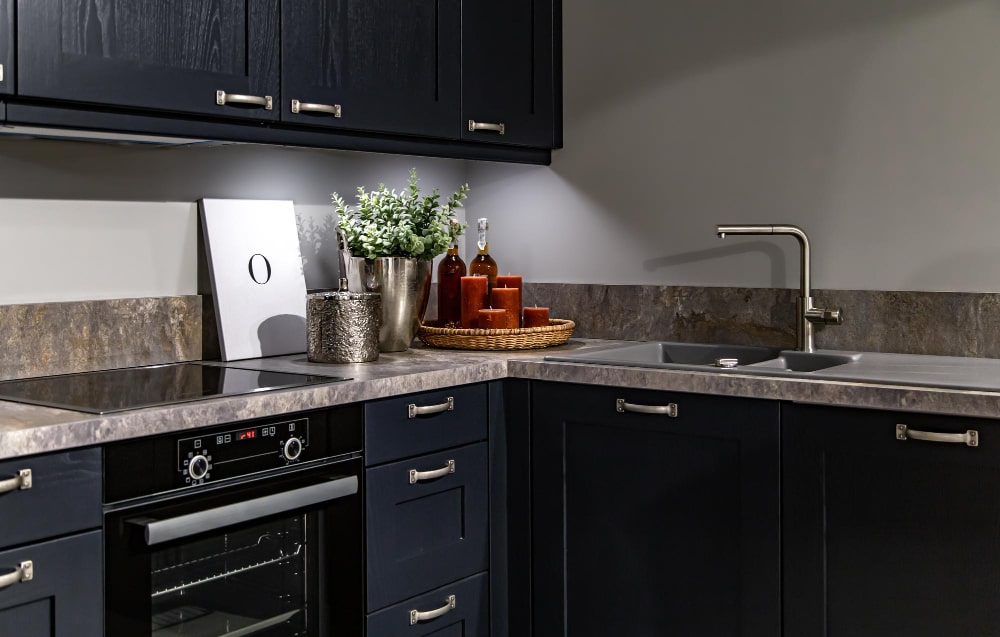
To prevent clogs in drains and pipes, use a liquid monthly maintenance product, available at any hardware store. These natural enzyme and bacteria treatments break down soap scum, grease, hair and food particles. Simply pour it down each drain once a month to keep water flowing freely.
For sluggish drains, try a DIY natural drain cleaner first. Pour 1/2 cup of baking soda down the drain, followed by 1/2 cup vinegar. Cover and let sit 15 minutes, then flush with boiling water. The chemical reaction can help break up clogs. If that doesn’t work, use a plunger or plumber’s snake to manually dislodge the clog.
Keeping your garbage disposal and plumbing in working order will help ensure your kitchen stays clean and fresh. Performing regular maintenance and unclogging drains when needed will prevent frustrating backups and expensive plumber calls. A few minutes of DIY elbow grease can save hours of scrubbing and hundreds of dollars in repairs.
4- Create a Grocery Refilling System
Creating an efficient grocery refilling system will save you time and money. Rather than running to the store whenever you need something, stock up on non-perishables and staples so you always have them on hand.
a- Make a master list
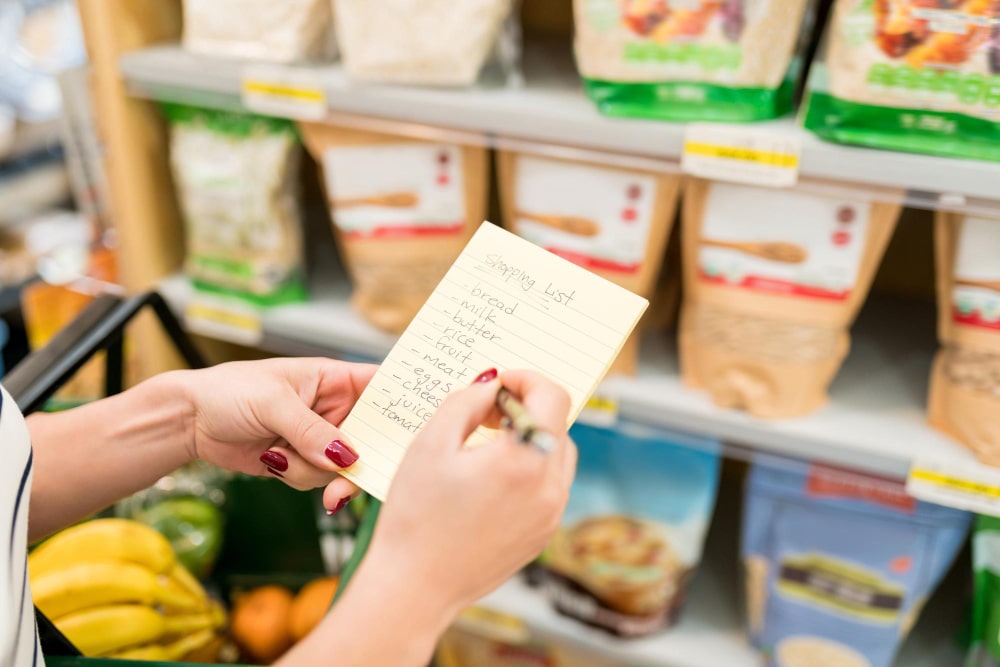
Sit down and make a list of things you frequently buy, like rice, beans, pasta, canned goods, snack foods, etc. Figure out how much you go through in a month and buy that amount. Having a well-stocked pantry means fewer trips to the store and less waste from forgetting things or impulse purchases.
b- Designate a refill area
Find a spot in your kitchen, pantry or garage to store your bulk items and refills. Make it easily accessible so you remember to rotate and replenish. Label boxes or bins to keep everything organized. As you use things up from your main pantry and cabinets, simply refill from your supply. This ensures you never run out of essentials.
c- Shop sales

Stock up on shelf-stable items when they go on sale. Things like olive oil, vinegars, sauces, broths and spices can last 6-12 months. Buy bigger sizes or multiples when the price is right. You’ll save in the long run and always have what you need for recipes.
d- Do regular inventory
About once a month, do a quick check of your refill area and pantry to see what needs replenishing. Make a list and shop accordingly. It only takes a few minutes but will prevent you from running out of staples or overbuying things you already have. Staying on top of your inventory means streamlined shopping and less waste.
With some initial planning, creating a simple grocery refilling system can make your kitchen run much more efficiently. You’ll gain peace of mind knowing you have essentials on hand, save money through bulk shopping and sales, and avoid extra trips to the store. A well-stocked kitchen is a happy kitchen!
5- Right Tools for the Right Job
The right tools for the specific jobs in your kitchen can make a world of difference in how efficiently you work. Rather than struggling with tools that don’t quite fit the task, invest in high-quality essentials designed for common kitchen tasks.
a- Knives
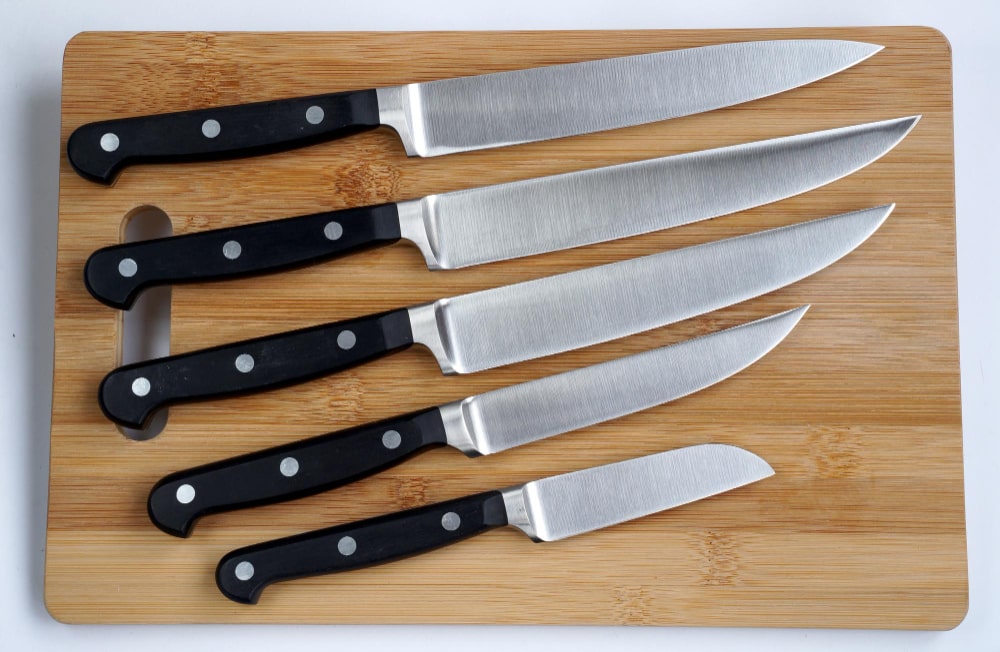
A good chef’s knife, paring knife, and serrated knife can handle most cutting jobs. Look for high-carbon stainless steel blades that hold an edge well. A sharp knife is a safe knife, so keep them honed.
b- Cutting boards
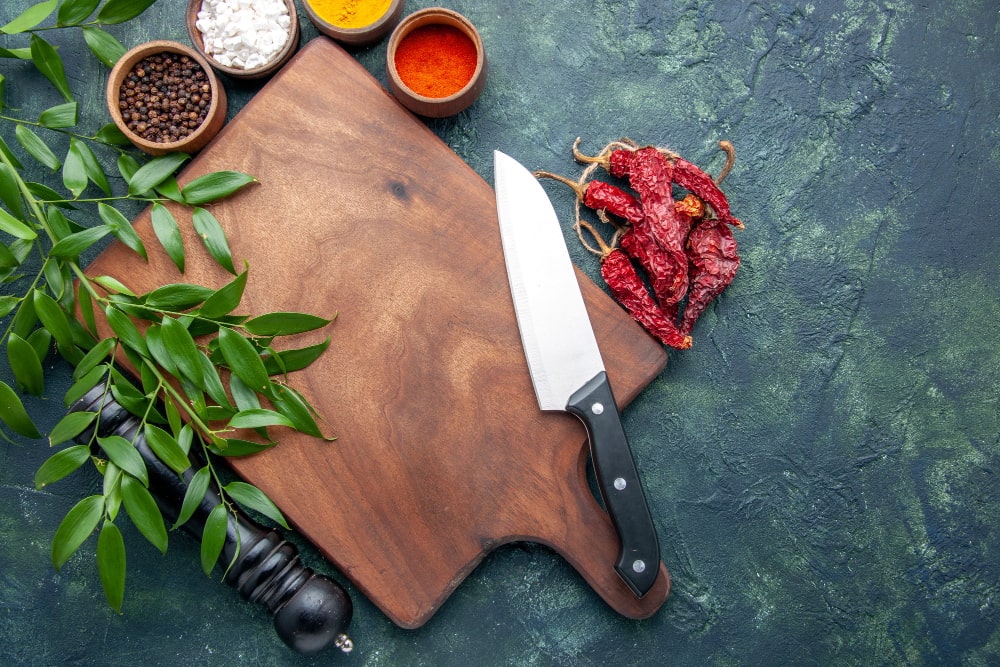
Have separate cutting boards for raw meat, poultry, seafood and vegetables to avoid cross-contamination. Color coded boards are helpful, or at a minimum dedicate one side of a reversible board for meat and the other for produce. Wood or plastic boards are best, as they are non-porous and dishwasher safe.
Replace cutting boards with deep grooves or cuts, as bacteria can build up in those areas.
c- Mixing bowls

A set of nesting bowls in a range of sizes from small to large are useful for tasks from whisking eggs to tossing salads. Stainless steel, ceramic or plastic bowls that are non-porous, stain and odor resistant are good options.
d- Measuring tools
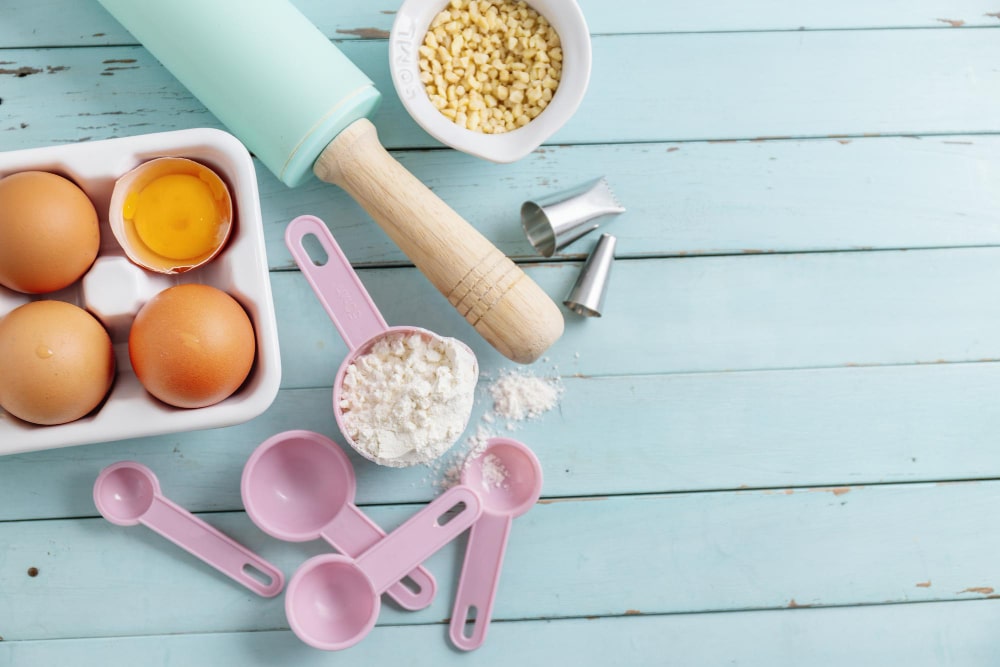
For accuracy in baking and cooking, have a liquid measuring cup, a set of measuring spoons, and measuring cups for dry ingredients on hand. Stainless steel tools will last for years.
f- Additional essentials: vegetable peeler, grater, colander, kitchen shears, whisk, spatulas, kitchen timer, etc.
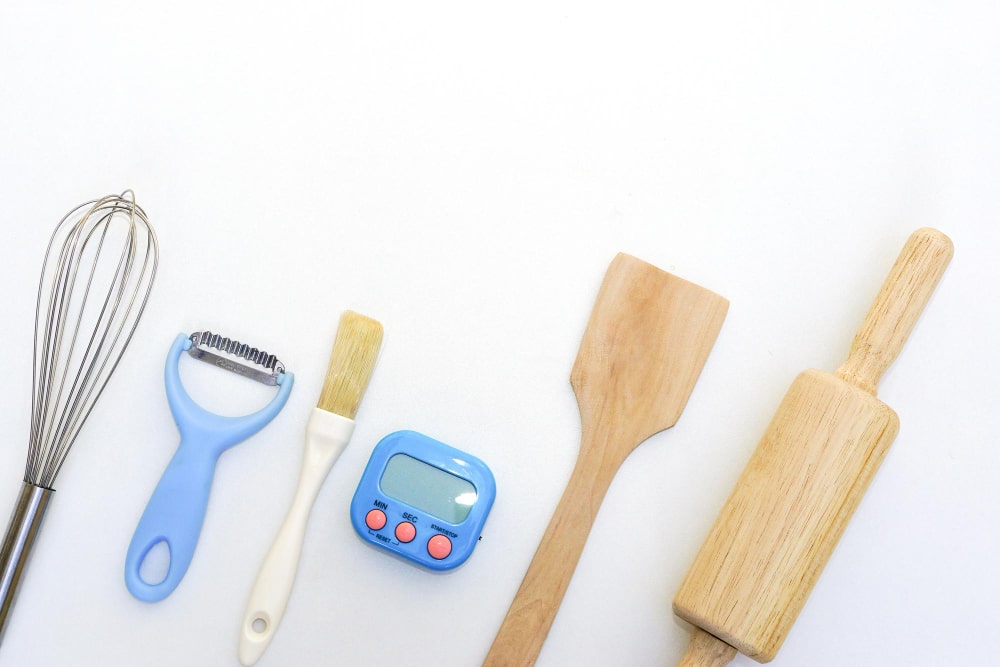
Investing in high quality, long lasting kitchen tools designed for specific purposes will make cooking and meal prep safe, efficient and enjoyable. Well-designed tools are a joy to use and you’ll appreciate them for years to come.
6- Cleaning Tools for Maximum Efficiency
Cleaning tools are essential for keeping your kitchen hygienic and organized. Having the right tools on hand will make quick work of daily and deep cleaning tasks.
a- Sponges and Scrubbers
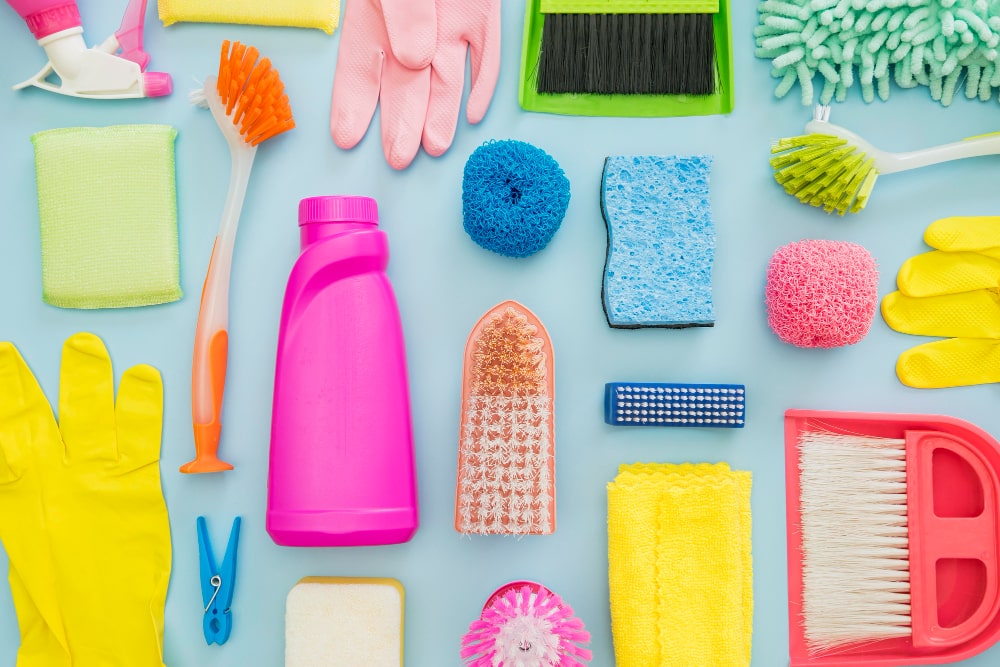
For wiping down counters and appliances, stock up on sponges, microfiber cloths, and abrasive scrubbers. Sponges are great for general cleaning, microfiber cloths are lint-free and chemical-free, and scrubbers can tackle stuck-on messes. Replace sponges and scrubbers regularly to avoid spreading germs.
b- Disinfecting Wipes

Disinfecting wipes kill 99.9% of germs and bacteria on surfaces. Keep wipes handy for a quick swipe of high-touch areas like doorknobs, light switches, phones, and remotes. Look for wipes that are safe to use on a variety of surfaces including granite, stainless steel and sealed wood.
c- Mops and Brooms
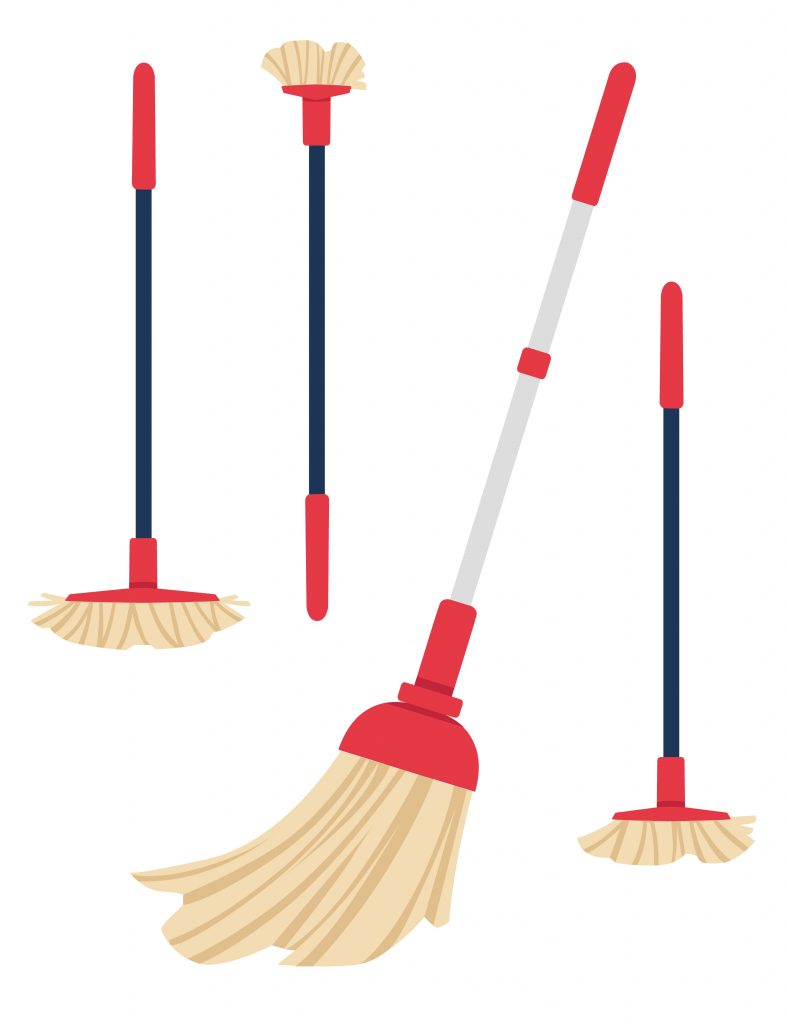
A sturdy mop, broom, and dustpan set is essential for sweeping and mopping floors. For linoleum or tile floors, a spin mop or steam mop is useful. Broom and dustpan are perfect for quick messes and spot sweeping. Make mopping and sweeping more efficient by using dustpans with long handles so you don’t have to bend down.
Having a well-stocked cleaning caddy with these essential tools close at hand will make tidying up your kitchen a breeze. Keeping your kitchen sparkling from floor to ceiling has never been simpler when you have the right tools for the job.
7- Bonus Kitchen Hacks for a Smooth, Hygienic Kitchen
A few extra tips and tricks can make your kitchen run even more efficiently.
- Invest in drawer dividers and organizers. Separate utensils, gadgets and linens into their own compartments so you can find what you need in a flash. Label boxes or bins for a coordinated pantry. Group similar items together, like pastas, rice, beans and snacks.
- Designate zones for major appliances. Keep your coffee maker, toaster and blender in one area away from your stovetop and oven. This makes meal prep and cleanup more streamlined.
- Use a wall-mounted magnetic knife strip. This frees up counter and drawer space while keeping your knives razor sharp and within easy reach.
- Keep disinfecting wipes on your countertops. Quickly wipe down surfaces after cooking or spillage. Pay extra attention to areas like cabinet pulls, light switches, phones and fridge handles which can harbor germs.
- Invest in a touchless soap dispenser and trash can. Reduce the spread of bacteria and keep your kitchen hygienic with these hands-free essentials.
A clean, organized and efficient kitchen makes cooking and baking more enjoyable. With a few useful hacks, you’ll be whipping up meals in no time and keeping your space sparkling from top to bottom. Focus on smart storage, sanitation and workflow for a smooth kitchen that’s a pleasure to use.
Take Away
So there you have it, a few easy hacks to keep your kitchen clean, decluttered, and running smoothly. A little bit of effort in organizing and maintaining good hygiene goes a long way in making your kitchen a pleasant and efficient space. No more excuses – roll up your sleeves, put on some music, and get to work decluttering and deep cleaning your kitchen. Once you establish good habits and routines, keeping your kitchen clean and hygienic will become second nature. A clean, well-organized kitchen makes cooking and entertaining so much more enjoyable. Follow these tips and you’ll be on your way to kitchen bliss in no time!

